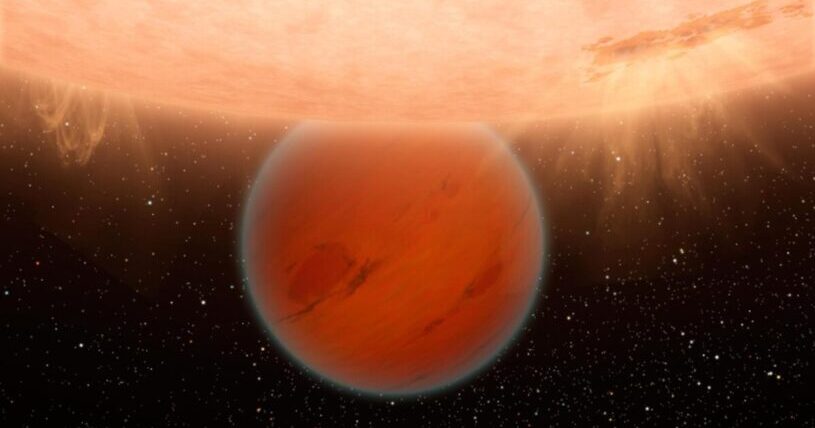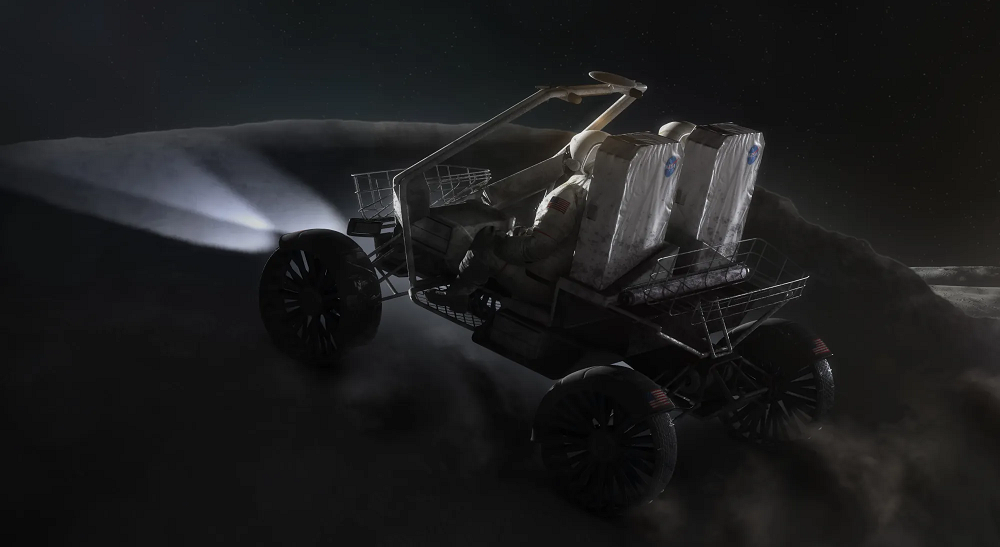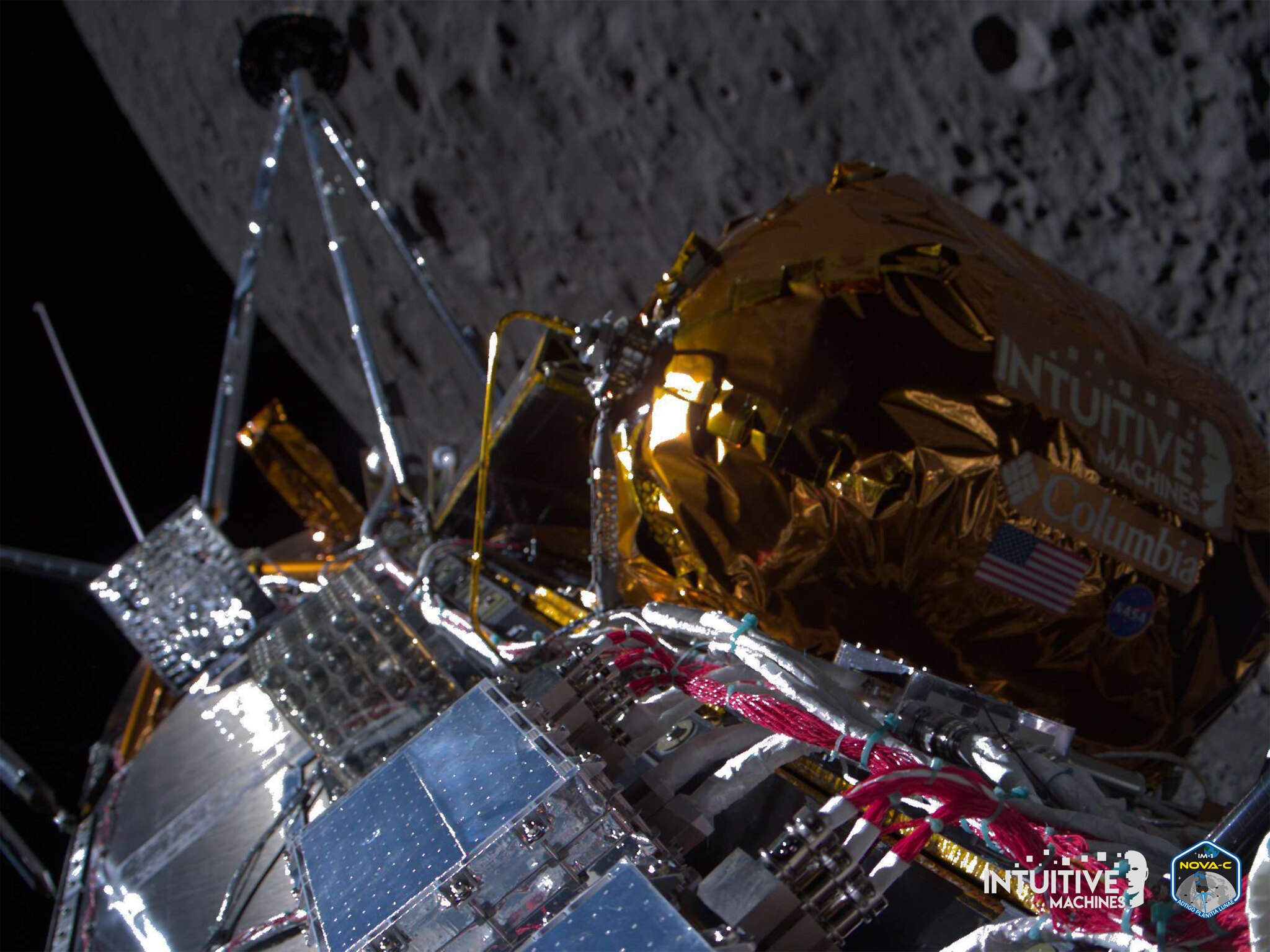At least 1 in 12 stars may have eaten neighboring planets
 An artist’s concept of a methane-free planet being eclipsed by its star.
Credit: NASA
An artist’s concept of a methane-free planet being eclipsed by its star.
Credit: NASA Stars might be more voracious than previously thought. A new study published in the journal Nature indicates at least one in a dozen stars has absorbed a planet in the past, a process known as planetary ingestion.
For the study, researchers examined the chemical composition of 91 pairs of twin stars. Because the stars formed together, they should have identical compositions. But when a star eats planetary material, such as iron from a rocky body, its chemistry alters. The team found evidence of planetary ingestion in seven of the pairs, or 8% of stars.
Led by researchers at the Australian ASTRO 3D center, the study used data collected by the Giant Magellan Telescope, the European Southern Observatory’s Very Large Telescope in Chile, and the Keck Observatory telescopes in Hawaii.
“Thanks to this very high precision analysis, we can see chemical differences between the twins,” said lead author of the paper Fan Liu, a research fellow at Australia’s Monash University. “This provides very strong evidence that one of the stars has swallowed planets or planetary material and changed its composition.”
Chemical traces
When molecules are heated, they shed light on wavelengths unique to their chemical compositions. By analyzing starlight, researchers deduced what elements — or other celestial objects — the stars had absorbed in the past.
Liu acknowledges the study leaves doubt as to whether the stars absorbed planets whole or gradually ingested protoplanetary material, but says the ingestion of a whole planet is the study’s favored scenario.
“The findings presented here contribute to the big picture of a key ASTRO 3D research theme: the Chemical Evolution of the Universe. Specifically, they shed light on the distribution of chemical elements and their subsequent journey, which includes being consumed by stars,” said Professor Emma Ryan-Weber, Director of ASTRO 3D.
The researchers studied “co-natal” star pairs, meaning they came from the same molecular clouds and travel together. However, the pairs were not all binary star systems.



